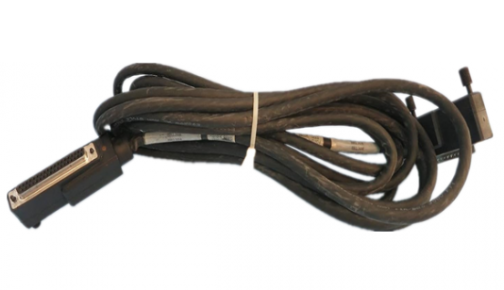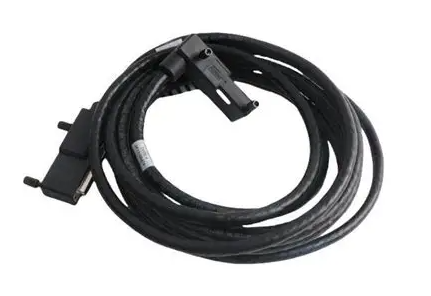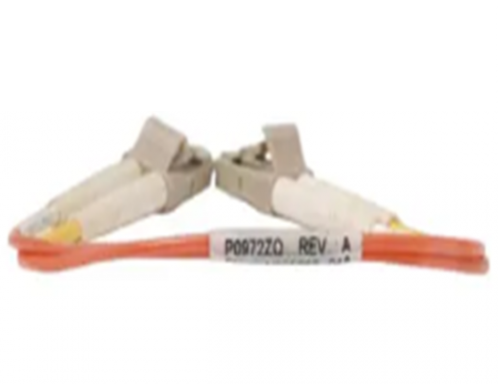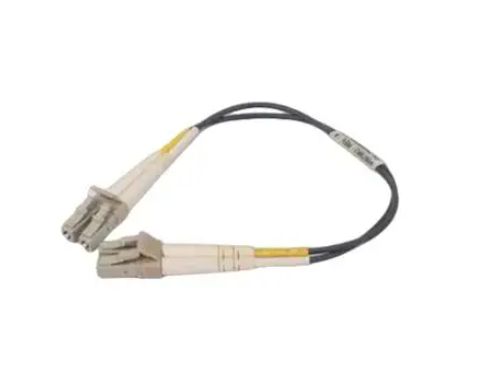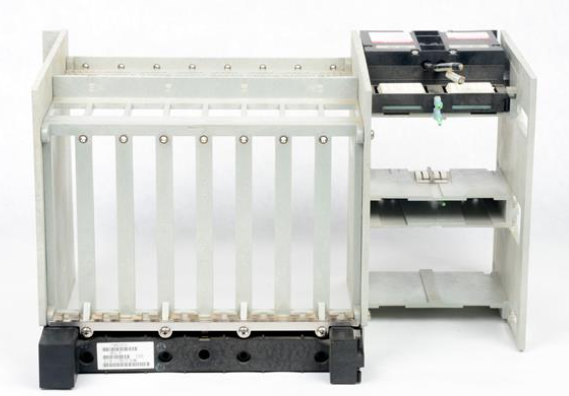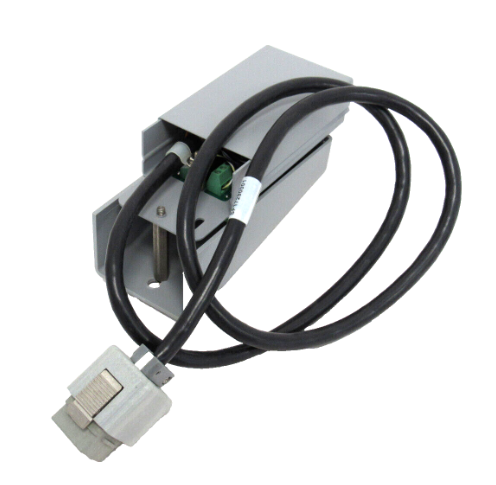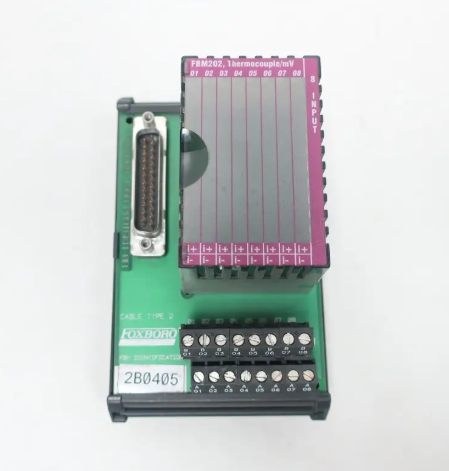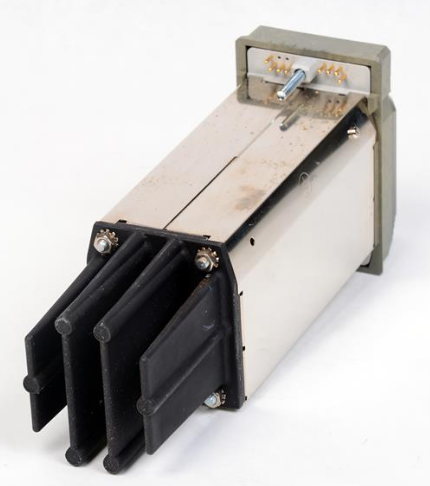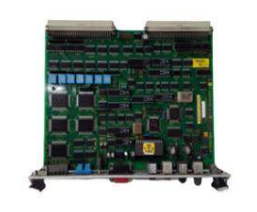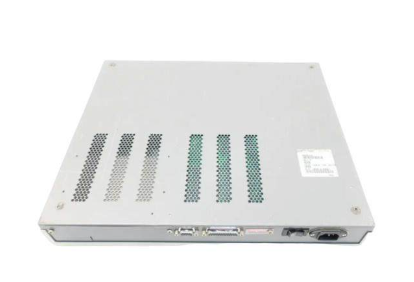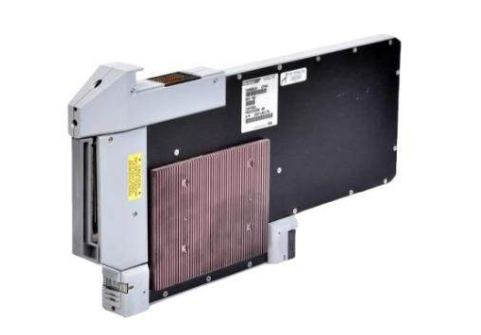New infrastructure construction from the perspective of high-quality development
As China is a late modernizing country, China's industrialization road is not a traditional industrialization road, but a new industrialization road that integrates information technology and green requirements. On the road of new industrialization, China has rapidly promoted the process of industrialization. Based on the evaluation of industrialization theory, China's industrialization process has entered the late stage of industrialization. However, China's industrialization process still has the problem of imbalance and inadequacy, and the quality of industrialization needs to be improved. First, the process of industrialization in different regions is unbalanced, and the level of industrialization in some regions is insufficient. Shanghai, Beijing, Guangdong, Zhejiang, Jiangsu and so on have entered the stage of post-industrialization, but there are still a considerable number of central and western provinces in the middle stage of industrialization. The second is the unbalanced structure of industrial development, the insufficient development of innovation capacity and high-end industries, the problem of low-level overcapacity in steel, petrochemical, building materials and other industries is prominent and long-standing, and the insufficient development of high-end industries and the lack of high-end links in the industrial value chain, independent innovation capacity needs to be improved. Third, the speed of industrialization is unbalanced with the carrying capacity of resources and environment, the development of green economy is insufficient, and the rapid industrialization process of 1.4 billion people has posed great challenges to the carrying capacity of resources and environment. The report of the 19th National Congress of the Communist Party of China proposed that China's economy has shifted from the stage of high-speed growth to the stage of high-quality development, and high-quality economic development is the economic development under the guidance of the new development concept for unbalanced and inadequate development. In accordance with this, China's new industrialization road also needs to shift from the strategy of high-speed industrialization to the strategy of high-quality industrialization. In view of the imbalance and inadequacy in the process of industrialization, we actively promoted the strategy of high-quality industrialization. Therefore, the "new infrastructure" needs to support the high-quality industrialization strategy, and carry out a series of construction decisions such as project selection, financing and investment, layout and location of new infrastructure in view of the imbalance and insufficiency of the above regional development, industrial development and green development. This means that "new infrastructure" is not only a short-term economic growth issue this year, but also a major issue of the "14th Five-Year Plan" and even China's comprehensive construction of a modern socialist power.
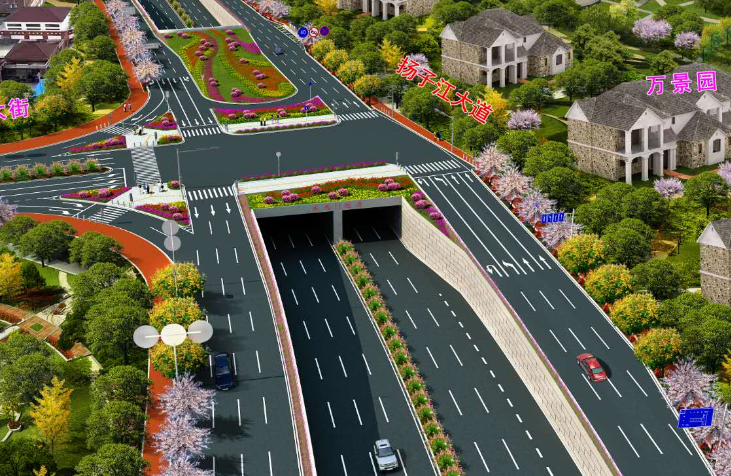
The new infrastructure should be the infrastructure of the new urbanization and support the high-quality urbanization strategy
Along with the process of industrialization, the process of urbanization will continue to advance, which is a universal law of modernization. With the deepening of China's new industrialization process, China has also begun to continuously promote new urbanization. In March 2014, the Central Committee of the Communist Party of China and The State Council issued the National New Urbanization Plan (2014-2020), which clearly pointed out that we should closely focus on comprehensively improving the quality of urbanization. We will follow a new urbanization path with Chinese characteristics that puts people first, synchronizes the four modernizations, optimizes layout, promotes ecological progress and inherits culture. Urban development requires a large number of inter-city and intra-city infrastructure, urbanization requires a large number of infrastructure construction, and new infrastructure should also meet the requirements of new urbanization. High-quality economic development requires the "four modernizations" development, that is, the deep integration of new industrialization and information technology, and new urbanization should interact with new industrialization, and urbanization should be coordinated with agricultural modernization. In a broader sense, the new infrastructure should be the infrastructure of the "four modernizations" development, not only to meet the requirements of the deep integration of new industrialization and information technology, but also to meet the requirements of benign interaction between urbanization and industrialization, and coordination with agricultural modernization.
Specifically, the requirements of new urbanization can be reflected in the construction of smart city, green city, forest city, sponge city, humanistic city, livable city and a series of types of modern city requirements, but also reflected in the requirements of urban agglomeration, metropolitan area construction, these requirements are also the goal of high-quality urbanization strategy. "New infrastructure" is to build infrastructure that meets the requirements of modern cities, urban agglomerations and metropolitan areas. To support the high-quality urbanization strategy, "new infrastructure" on the one hand, the layout of a new information, intelligent, green urban infrastructure, such as a new generation of intelligent information network, including F5G (gigabit fiber broadband), 5G, Internet of Things, cloud computing, edge computing, new Internet exchange center; On the other hand, the new generation of information technology and green technology is used to integrate with traditional urban infrastructure such as transportation, energy and water conservancy, municipal administration, environmental protection, and public health, and the traditional urban infrastructure is constructed by digitization, networking, intelligence, and green upgrading. For example, through the deep integration of information technology and traditional infrastructure, the formation of industrial Internet of Things, vehicle networking, power Internet of things, city perception facilities, intelligent municipal management, etc. The high-quality urbanization strategy not only includes the development of single towns, but also includes the development of urban agglomerations and metropolitan areas. The spatial structure of China's economic development is undergoing profound changes, and central cities and urban agglomerations are becoming the main spatial forms carrying the development factors. There is a great demand for infrastructure construction in urban agglomerations and metropolitan areas in the future, which includes high-speed, convenient, green and intelligent transportation infrastructure construction between cities in urban agglomerations, as well as transportation, information and other infrastructure and various public facilities between cities and suburbs in metropolitan areas, central cities and satellite cities. In short, supporting the new urbanization strategy will be a main battlefield for "new infrastructure".
- EMERSON
- Honeywell
- CTI
- Rolls-Royce
- General Electric
- Woodward
- Yaskawa
- xYCOM
- Motorola
- Siemens
- Rockwell
- ABB
- B&R
- HIMA
- Construction site
- electricity
- Automobile market
- PLC
- DCS
- Motor drivers
- VSD
- Implications
- cement
- CO2
- CEM
- methane
- Artificial intelligence
- Titanic
- Solar energy
- Hydrogen fuel cell
- Hydrogen and fuel cells
- Hydrogen and oxygen fuel cells
- tyre
- Chemical fiber
- dynamo
- corpuscle
- Pulp and paper
- printing
- fossil
- FANUC
- Food and beverage
- Life science
- Sewage treatment
- Personal care
- electricity
- boats
- infrastructure
- Automobile industry
- metallurgy
- Nuclear power generation
- Geothermal power generation
- Water and wastewater
- Infrastructure construction
- Mine hazard
- steel
- papermaking
- Natural gas industry
- Infrastructure construction
- Power and energy
- Rubber and plastic
- Renewable energy
- pharmacy
- mining
- Plastic industry
- Schneider
- Kongsberg
- NI
- Wind energy
- International petroleum
- International new energy network
- gas
- WATLOW
- ProSoft
- SEW
- wind
- ADVANCED
- Reliance
- YOKOGAWA
- TRICONEX
- FOXBORO
- METSO
- MAN
- Advantest
- ADVANCED
- ALSTOM
- Control Wave
- AB
- AMAT
- STUDER
- KONGSBERG
- MOTOROLA
- DANAHER MOTION
- Bently
- Galil
- EATON
- MOLEX
- Triconex
- DEIF
- B&W
- ZYGO
- Aerotech
- DANFOSS
- KOLLMORGEN
- Beijer
- Endress+Hauser
- MOOG
- KB
- Moxa
- Rexroth
- YAMAHA
- Johnson
- Westinghouse
- WAGO
- TOSHIBA
- TEKTRONIX


Email:wang@kongjiangauto.com



